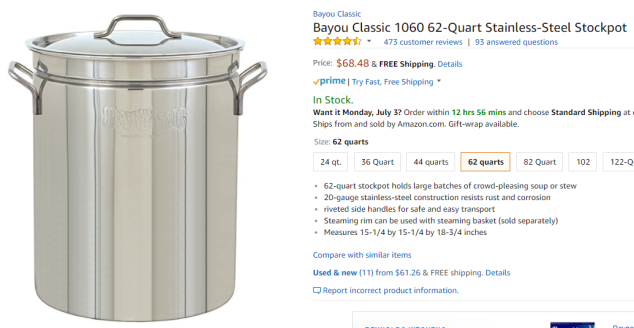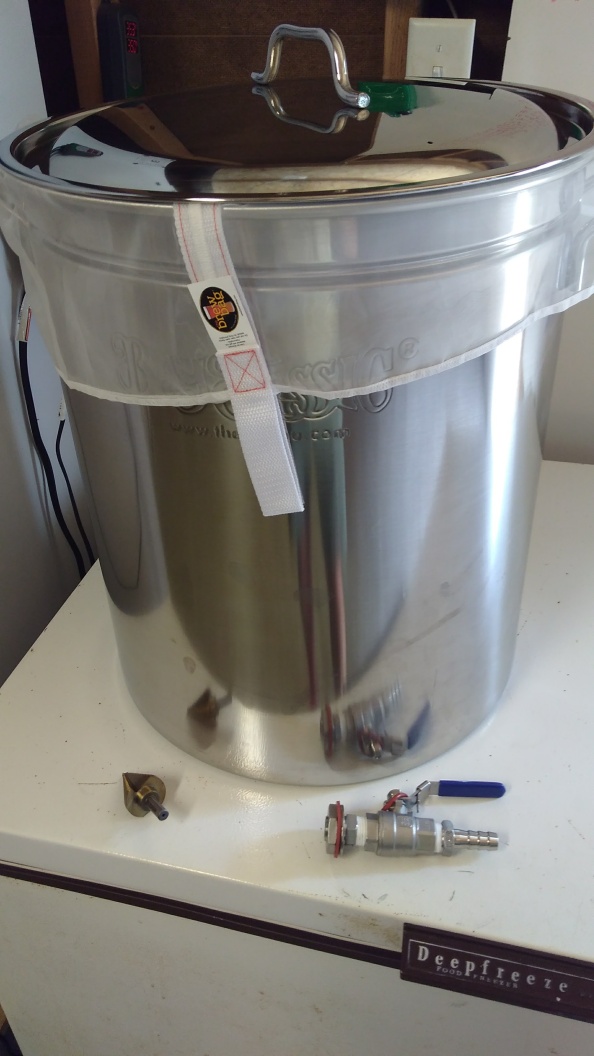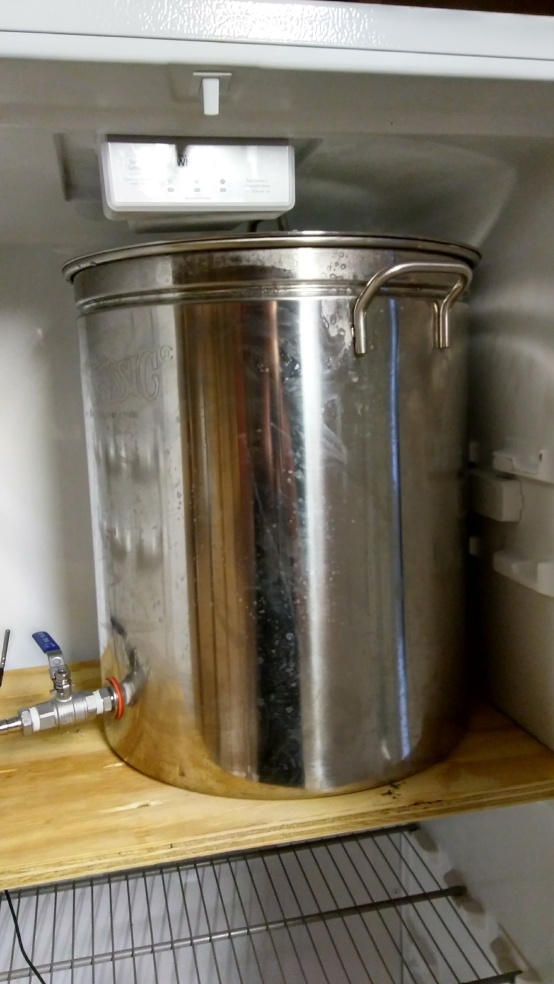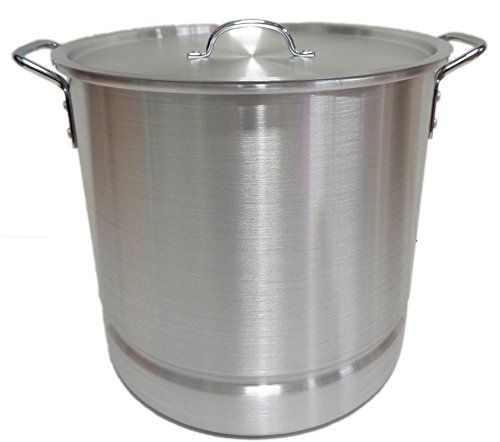Is brewing worth it? Does it make financial sense? Factoring in the equipment, do you “save” money? How much? This was the question I had before brewing and the reason I got into the hobby in the first place. And making things from scratch sometimes doesn’t make financial sense. Chocolate making, for example, is something that – after researching a little bit – doesn’t seem worth it. Coffee Roasting, alternatively, saves you 1-3 dollars per pound (which is why I do that, too). Cheese making, bread making, whisky making, clothes making…you get the point.
This is why I calculated every single piece of equipment, every recipe, every expense, every bottle. I loved Two Hearted Ale but could not justify (or afford) the $10.50 price tag. Now, when I go to the store, I have an odd predicament: I know how much it would cost me to make it. Some homebrewers start the hobby for non-financial reasons, and that’s cool; and I can only talk about my system, but for people who truly want to brew good beer simply and cheaply – One Pot Brewing makes sense.

this is how much One Pot Brewing costs (not including a fermentation chamber)
Impressively, after only 10 batches, using conservative estimates, you are already far below the cost of Two Hearted Ale. After 20 batches, it’s below the cost of Bud Light. After 40, it’s at a ridiculously low price of $3.78 a six pack – for craft beer! I imagine it starts to level off after that, although I don’t know where it hits bottom. I’m guessing around batch 100 or so.
These estimates – cost of equipment, average cost per recipe – are conservative. They assume buying everything new. Buying equipment from Craigslist, getting stuff for your birthday/holiday, being patient, shopping, using dry yeast, reusing yeast, buying in bulk, growing hops – these all brings costs down significantly. I’m also assuming ABV’s well above 5%.
What If I Want a Fermentation Chamber?
Let’s assume you want a really good one, like mine, and you’re not very mechanical, like me. I got a brand new upright freezer from Lowes ($450), an Inkbird temperature controller ($33), and a personal ceramic heater ($18). For simplicity of math, let’s call that $500 bucks – so the total initial investment would be $750. After only 10 batches, the cost of a six pack would be $12, which is sometimes the cost of a 4 pack of your favorite fancy Double IPAs (Hopslam). In other words, you are already there. After 20 batches total, you are at $7.50 per six pack, well below Two Hearted Ale. After 30 batches, $6.00/six pack. After 40, $5.28. Now you’ve been brewing for a couple years. After 50 batches, you’ve spent about 2,000 dollars and made about 2,500 beers – you are at $480. After 60, $4.50. After 70, $4.26. After 80, $4.14. After 90, $3.96. On you’re one hundredth batch you can say your beer costs roughly $3.90.
Congratulations you alcoholic.
Of course this assumes an ideal world where you resist the urge to buy crap to “improve your brewery”, which is part of the fun (I’m guilty of it). But the point is clear: making beer saves a significant amount of money. And there are other random costs involved, but they are minimal and occasional. Propane needs to be refilled, caps need to be replenished, sugar cubes need to be bought. Brewing beer takes time and work too, but I feel like it’s a hobby, it’s fun, and One Pot Brewing makes it truly enjoyable and mitigates most of the workload and time involved.














